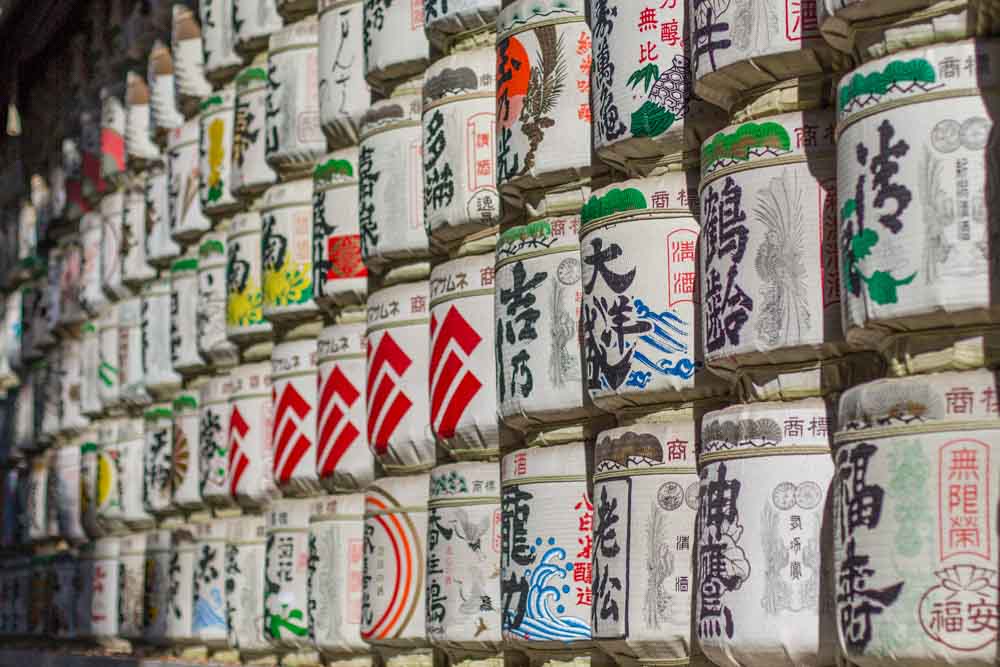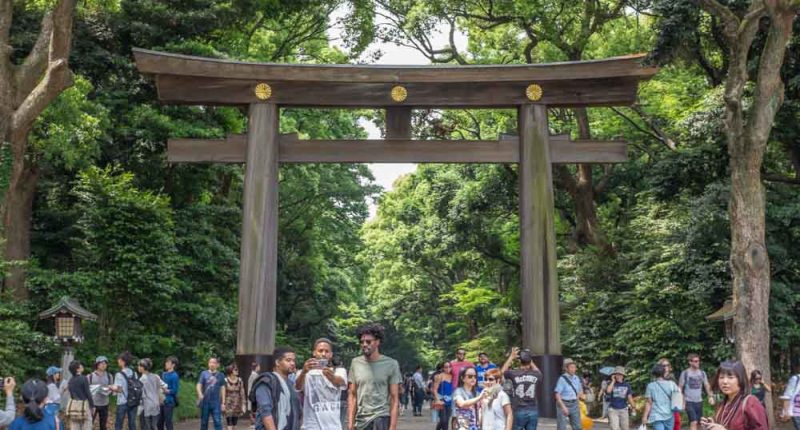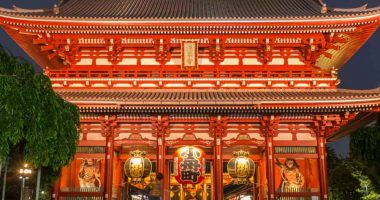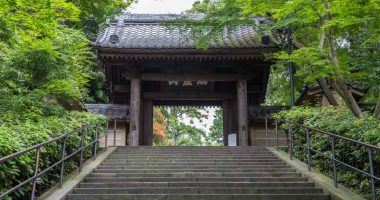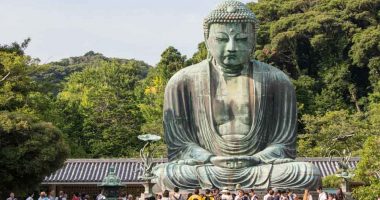Meiji Shrine (明治神宮) was built in dedication to Emperor Meiji for his role in restoring imperial rule to Japan and accelerating its industrialization. Completed in 1920 with the help of volunteers, the original structure was destroyed in World War II and the building that stands now was erected in 1958 through country-wide funding. The 10-minute walk to the shrine is delightful: a wide gravel path lined either side with trees makes it difficult to believe you have the frenzy of Harajuku and Takeshita Dori only a few hundred meters away.
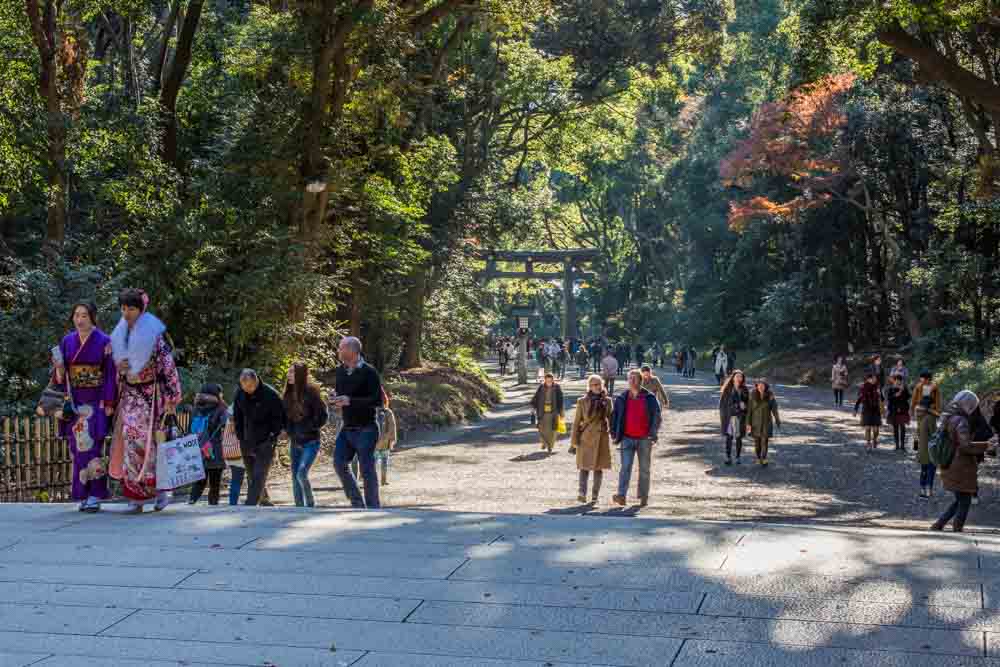
If you visit the shrine on a weekend (especially Sunday morning) you might be able to see a Shinto wedding taking place. Being one of the most famous shrines in Japan, demand for these ceremonies is high and the whole ritual is as streamlined as a factory production line. Peak round the outside of the buildings and you can see the brides being powdered and prepared by a dedicated team while professional photographers stand with commercial cameras at the ready.
